I went back and tried to pick out the best 20 posts that new readers can start with when coming to this website. I will be permanently placing them at the top right sidebar.
Top 20 chrisperruna.com Posts
- Listen to My Audio Interview
- My Interview at StockTickr
- Position Sizing and Expectancy
- The Holy Grail of Trading: It’s not your System
- How to Create a Successful Stock Watch List
- My CANSLIM Screening and Buying Strategy
- Fundamental Screens and Scans
- CAN SLIM Breakdown
- Understand the ‘M’ in CANSLIM
- Paper Trading: Nothing to Lose, Nothing to Learn
- Focus on Decisions, Not Outcomes
- Could you Trade Full Time?
- Position Size to Determine How Many Shares to Buy
- Trading Mistakes: Avoid at all Costs
- How to Calculate a Stock’s Pivot Point
- Do Not use Fundamental Analysis Alone!
- How to Short a Stock
- Learn to Focus when Investing
- Markets are not Efficient
- Point and Figure Charts
Let me know if I am missed an article that you believe should be on this list.

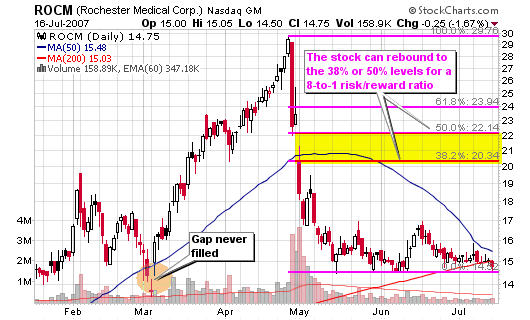
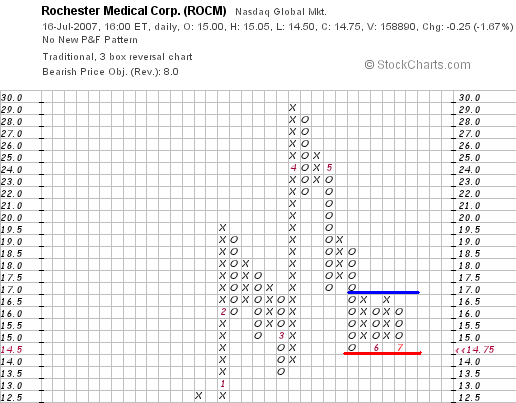
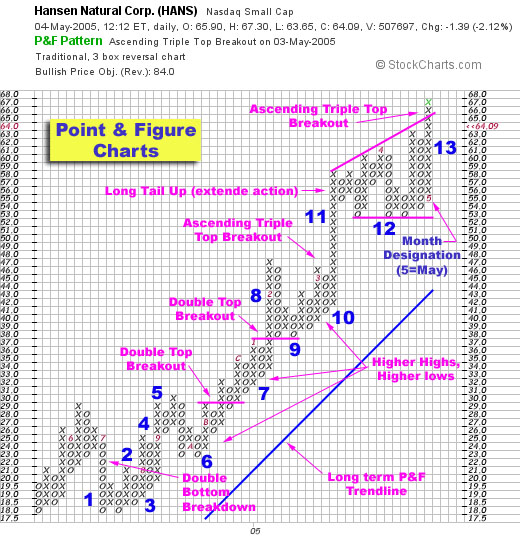
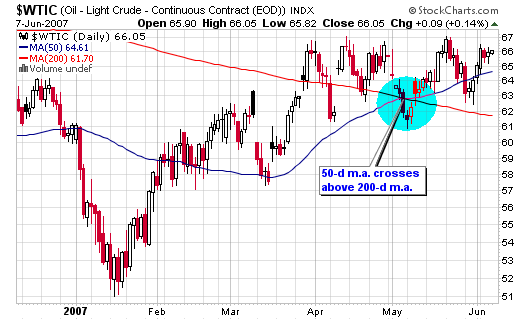
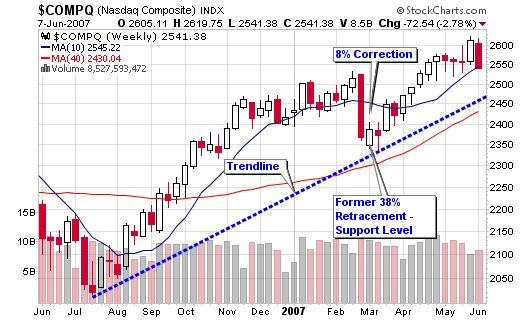

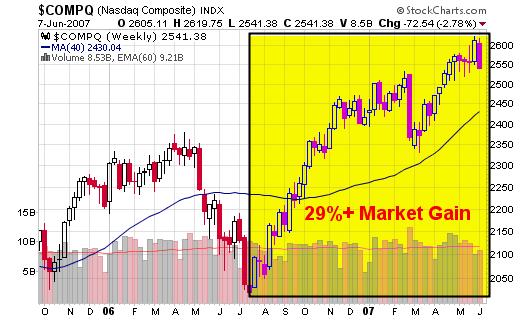
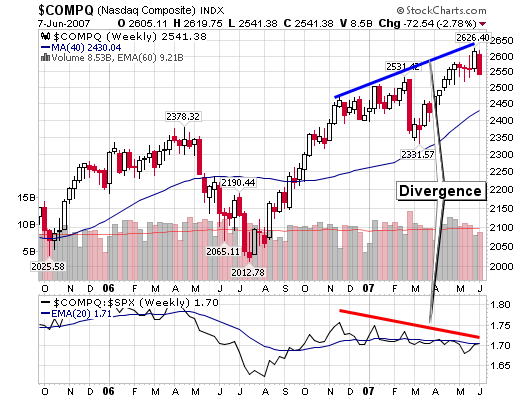
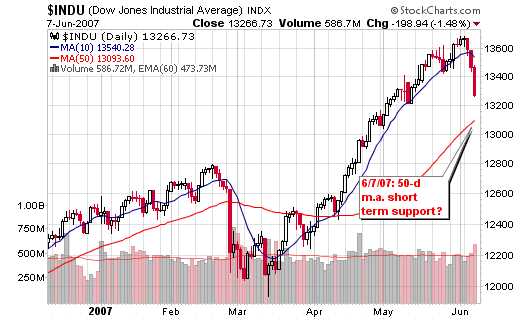


Connect with Me